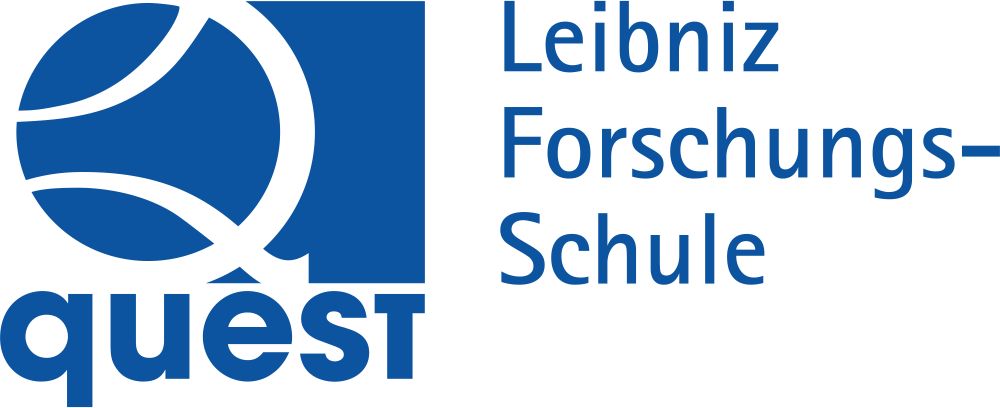Gold nanoparticles loaded filter paper
A recyclable nanozyme for colorimetric determination of Hg2+ in tap water and beef
- verfasst von
- Melisew Tadele Alula, Peter Lemmens, Nicolette R. Hendricks-Leukes, Tiny Motalaote, Markus Etzkorn, Lindsay Robin Wilson, Felicity Babuseng
- Abstract
Recently, gold nanoparticles (AuNPs) have been used as a potential nanozymes for the colorimetric determination of various target analytes. High cost as well as a stability problem of AuNPs, however, limit their application despite their high signal producing features to allow nanozymes-based detection. Strategizing a method to produce stable and recoverable AuNPs for repeated use reduces the cost and carbon footprint of these analyses. In this work, we used abundantly available cellulosic polymer, filter paper, as a support to anchor and stabilize the colloidal AuNPs. The deposition of AuNPs on the porous structure of the filter paper was facilitated by the hydrophilic and absorbing properties of cellulosic filter papers (circular punched). The resulting device consisting of gold nanoparticles deposited filter paper (FP@AuNPs) showed peroxidase-like activity and remained stable with no decreasing peroxidase-like activity for an extended period. The peroxidase-like activity was further enhanced by adding Hg2+ to the reaction system and hence a sensitive and selective colorimetric method for the determination of Hg2+ was developed. The LOD for analysis of Hg2+ was found to be 19.4 nM in a linear concentration range of 0.025–60 μM. The applicability of this method in analyses of real samples was evaluated using tap water and commercial beef samples. Excellent recovery rates showed the reliability of this method in the determination of Hg2+ in real samples. The nanozyme was recovered from a reaction mixture and reused for five cycles to detect Hg2+ without losing its nanozyme activity. The recurring nanozyme activity after repeated use shows the potential of this system to be an inexpensive recyclable detection system with low environmental carbon footprint. This is rather uncommon for recently developed nanozymes.
- Externe Organisation(en)
-
Botswana International University of Science and Technology
Technische Universität Braunschweig
Universität Kapstadt (UCT)
- Typ
- Artikel
- Journal
- FOOD CONTROL
- Band
- 176
- ISSN
- 0956-7135
- Publikationsdatum
- 08.04.2025
- Publikationsstatus
- Elektronisch veröffentlicht (E-Pub)
- Peer-reviewed
- Ja
- ASJC Scopus Sachgebiete
- Biotechnologie, Lebensmittelwissenschaften
- Elektronische Version(en)
-
https://doi.org/10.1016/j.foodcont.2025.111349 (Zugang:
Unbekannt)


